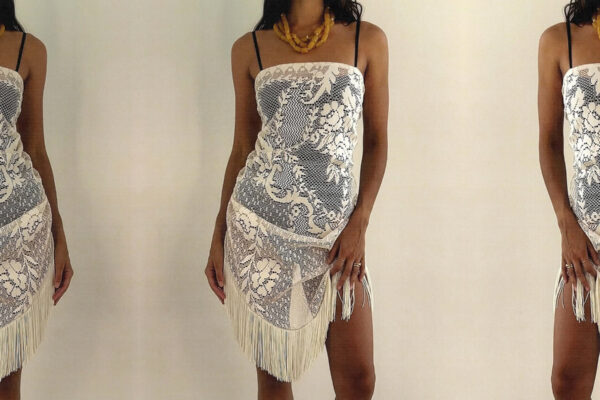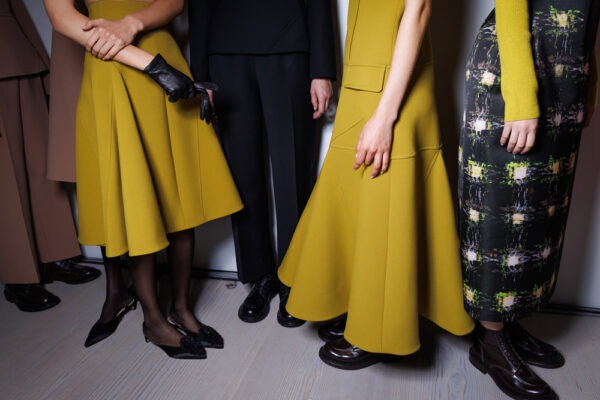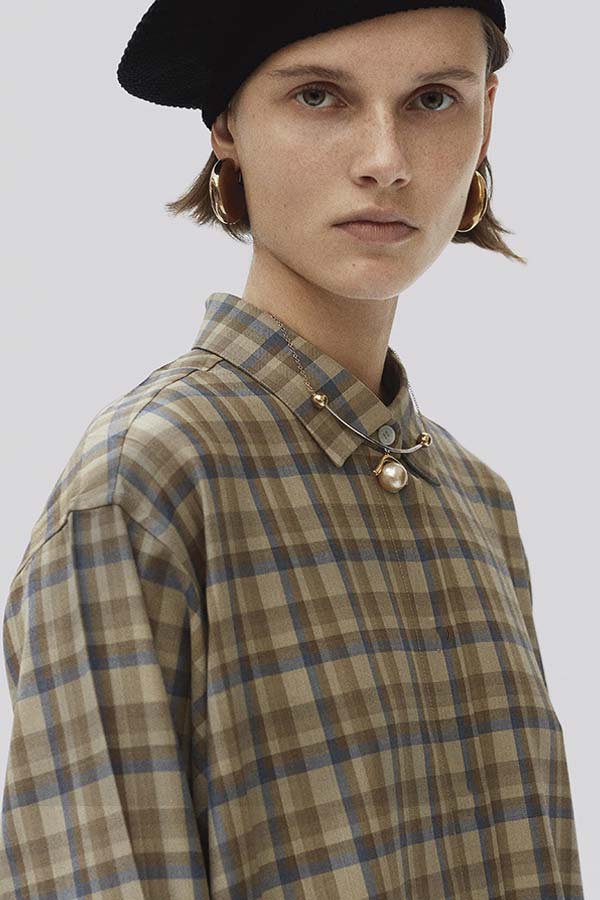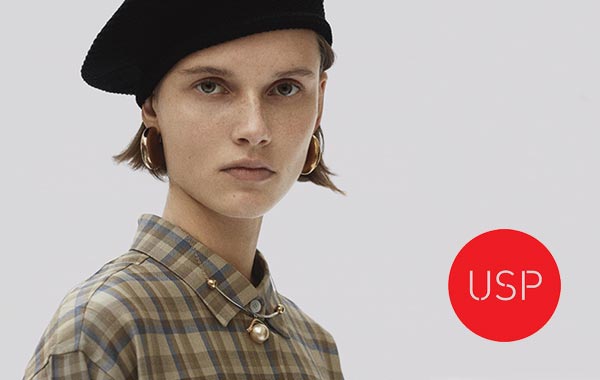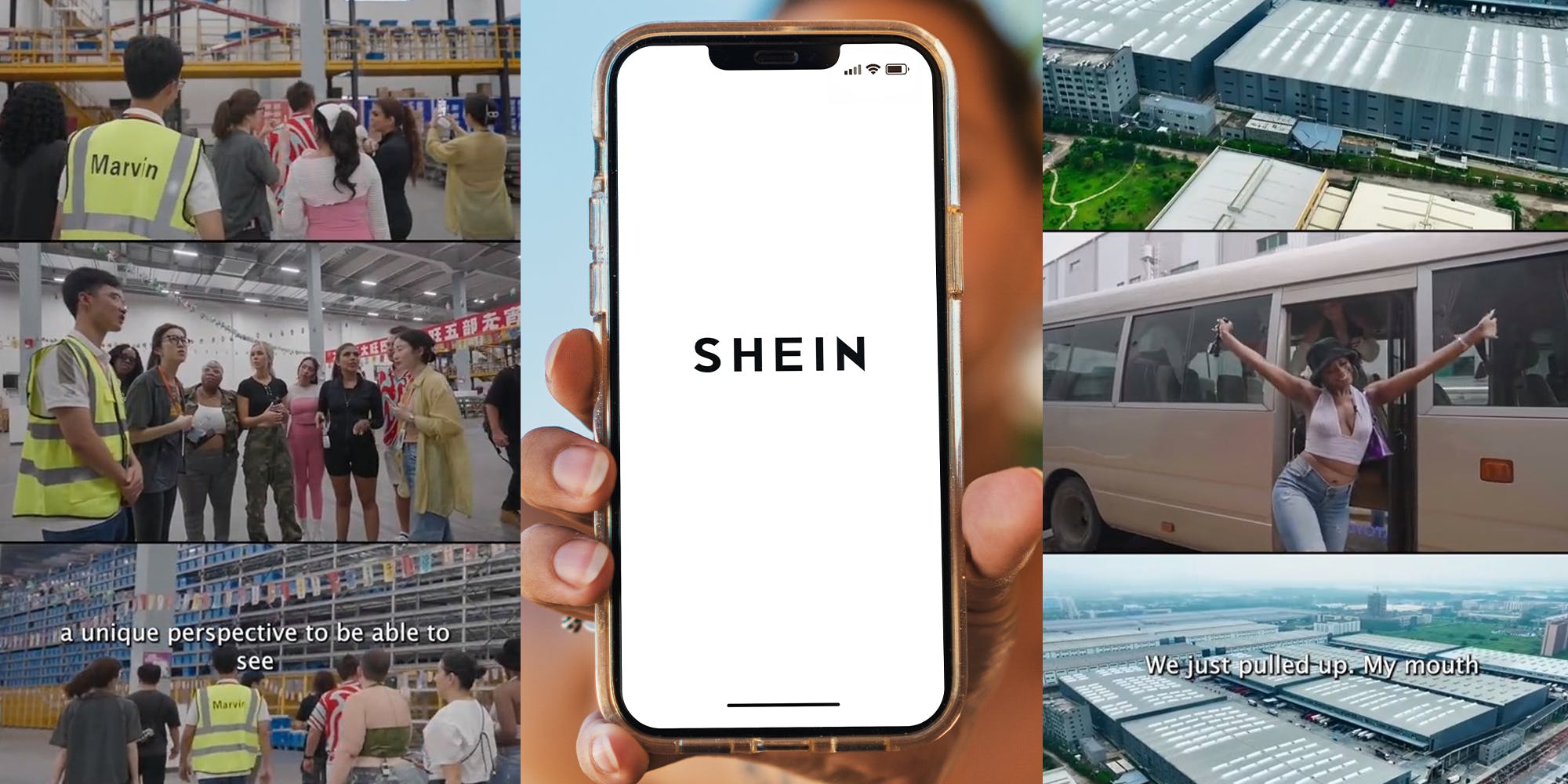
Fashion influencers love clothes, talk about clothes, wear clothes and consequently inspire people to buy clothes, making huge amounts of money for brands and for the successful ones – themselves. But do they really know about clothes?
Do they understand fabric bases, garment design, pattern cutting, production processes, quality control, buying, merchandising, allocation, warehousing, etc etc. No, of course they don’t, because even those of us who have worked in the industry for (cough) many years can’t possibly understand every aspect of a trillion £ industry worldwide.
When the lines between social media, advertising and marketing, and everything in between became blurred, it got complicated for brands and consumers. How could retailers appeal to younger generations with little or no brand loyalty, who access information and recommendations in ways that only they understand, and care more about what’s trending on TikTok than shopping in an actual shop.
And, consumers are confused. What is an affiliated link or a paid partnerships, versus a genuine recommendation based on an influencers own taste? Influencers are required by law to be transparent about paid for content and collaborations, but there are grey areas and many still don’t always “remember” to use #ad. When your favourite Reformation loving influencer pops up on your feed wearing Mango, it starts to feel inauthentic.
And then there’s the problem of consumer power, which quite frankly shouldn’t be a problem for an ethical brand or influencer with nothing to hide. But try being a fast fashion brand with issues around green washing, copying, labour laws and fair pay. Information is power and consumers – especially Gen Z – are more informed than ever and will call out a brand or influencer faster than you can say working conditions if they aren’t happy.
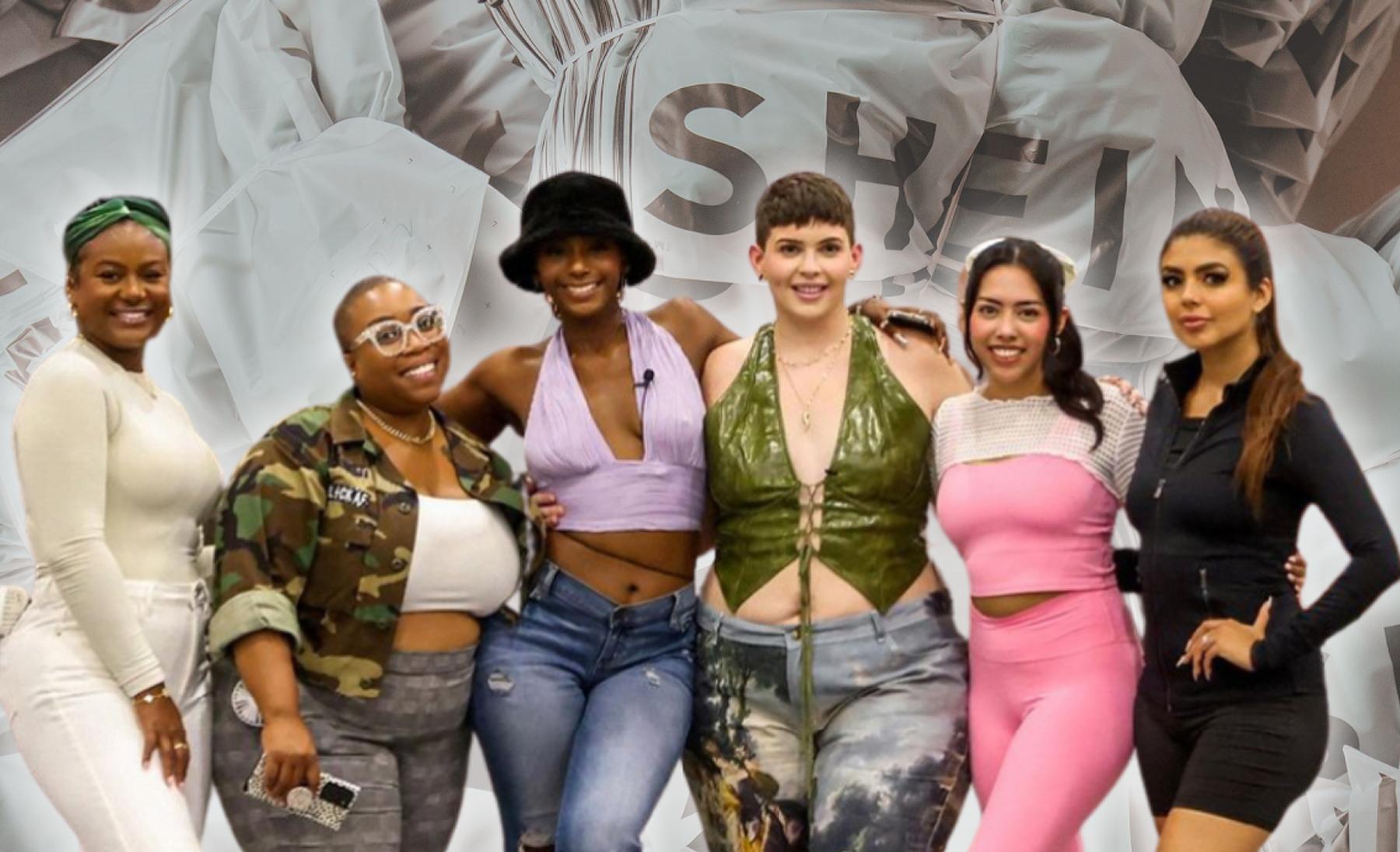
Chinese brand Shein has had problems with its public image for some time, with numerous accusations of copying from small designers, and a Channel 4documentary by Iman Amrani’s Inside the Shein Machine, investigating two Shein factories in Guangzhou, China – that found workers receive a base salary of 4k yuan per month (approximately £434) to produce 500 pieces of clothing per day. Realising they had a problem, the brand reached out to a group of six fashion influencers from the US, to tour its “innovation factory” which appeared on their Instagram feeds as brightly lit, with staff working in clean, dust-free conditions and automated bots that assisted with processing and packaging orders.
Plus size influencer and model, Dani Carbonari posted a video tour on her social media during the visit, but deleted the post and terminated her relationship with Shein after facing criticism from her followers – she has more than 481k on Instagram and nearly 300k on TikTok. In her original post, she wrote that the trip had given her the opportunity to see with her “own two eyes what the entire process of Shein clothing looks like from beginning to end”.
Saying “I feel more confident than ever in my partnership with Shein. There are so many companies not taking half the initiative Shein is. They are aware of every single rumour and instead of staying quiet they are fighting with all of their power to not only show us the truth but continue to improve and be the best they can possibly be”.
And here lies the problem, I’m sure Dani genuinely had seen “with her own two eyes” what happens in a Shein factory. But the brand has around 6000 factories and anyone who works in fashion knows that one factory does not represent the other 5999.
In one deleted TikTok, Carbonari even went as far as to accuse critics of misunderstanding China, citing racism and xenophobia to deflect labor abuse allegations.
The other influencers, Destene Sudduth, Aujene, Fernanda Stephany Campuzano, Kenya Freeman, and Marina Saavedra, also shared similarly glowing Instagram posts about their visit, with followers pointing out that the influencers appeared to use a “script” for their posts, as they all sounded very similar.
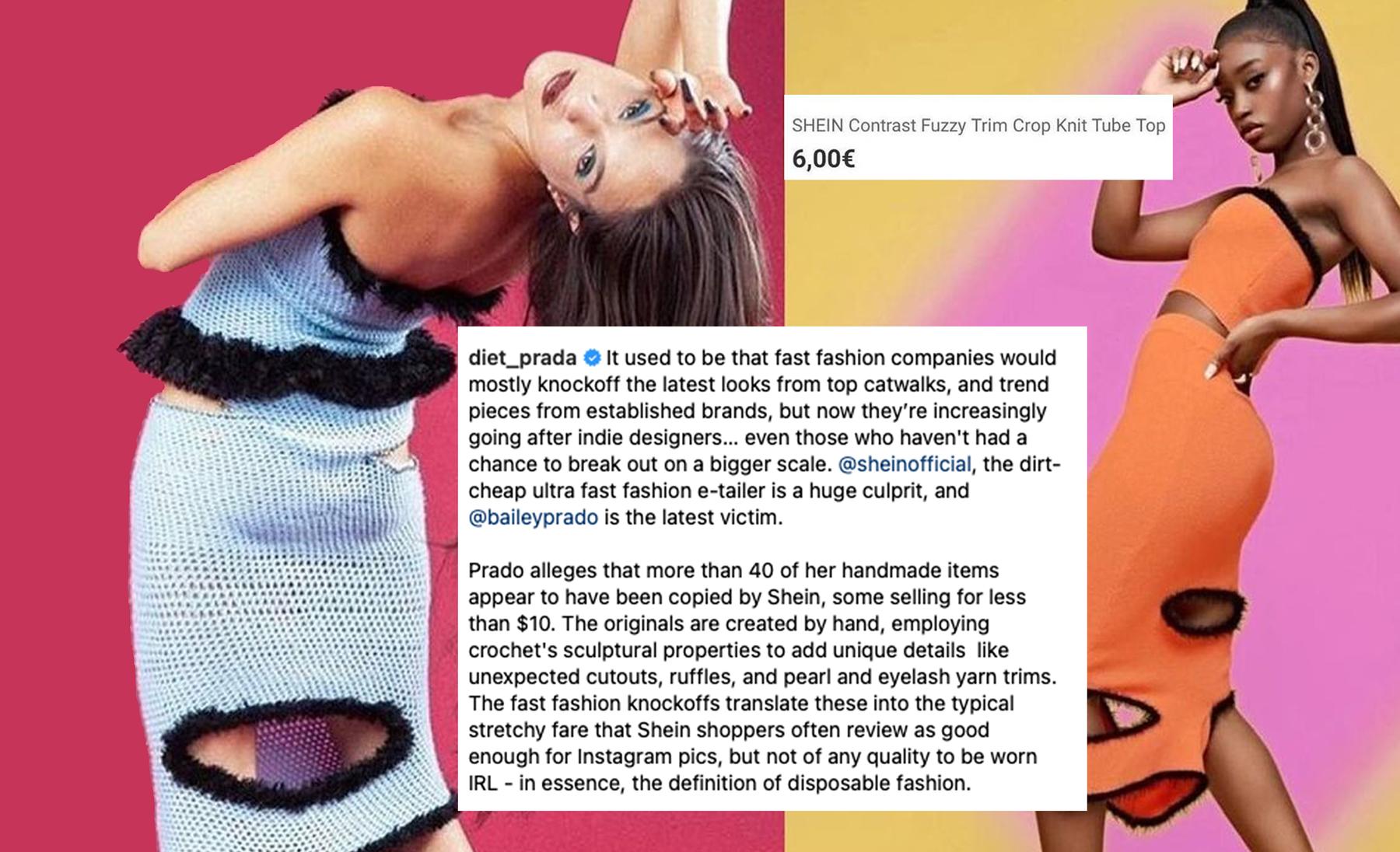
@dietprada – @baileycudro is a victim of Shein‘s knock-off products
Diet Prada highlighted how the factory footage contradicts what we already know about Shein’s working conditions. According to a 2021 Public Eye report, Shein workers in Guangzhou, were found to be receiving low wages for working 75-hour weeks, with only one day off per month. Additionally, there have been reports suggesting forced labor abuses, human rights violations, and the presence of potentially hazardous materials in their clothing.
But how would any of these influencers have known any of this? They are not human rights lawyers, quality controllers, garment technologists, factory inspectors, investigative journalists etc etc. In fact between them, they probably only have a rudimentary knowledge of the fashion industry and know very little about the design and manufacturing process, never mind labour laws, human rights etc.
Liking clothes, having an eye for trends and the ability to tell a story online, are not valid credentials to make professional observations on factory conditions or the ethics of a brand.
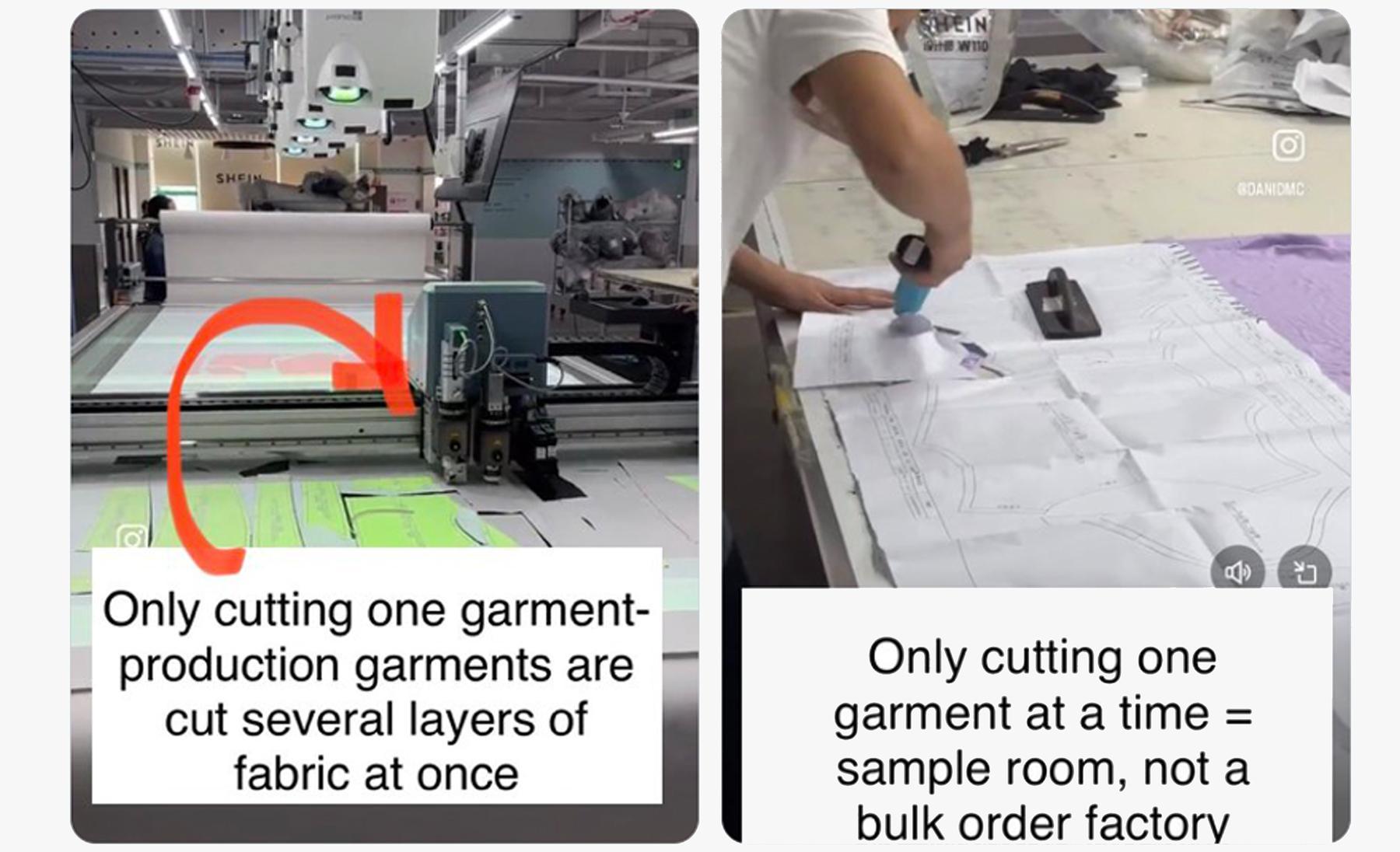
“I can spot a staged factory a mile off, where are the garments on all these machines? Can they afford to have all this state-of-the-art manufacturing equipment and no manufacturing?”
Susan Bailey, a former production manager in knitwear with 20 years of experience in Chinese manufacturing – Twitter
No-one has come out of this trip well, Shein was already struggling with public perception and this has caused further distrust, but they are clearly well-versed in propaganda, having falsely claimed to have been internationally certified for safe labour practices as a Reuters report discovered.
As for the influencers, I can’t help feeling a little bit sorry for them, as many brands have elevated them beyond their knowledge base in pursuit of profit, and they have clearly drunk the cool aid and started to believe their own hype.
Yet, Shein is still a Gen-Z favourite worldwide and remains one of the biggest fast-fashion companies in the world with a valuation greater than Zara and H&M combined.
And there we have it – the biggest problem of all – those who give a s..t and those who don’t. The Greta Thunberg Vs. Love Island generation are confused and fashion is at the very heart of it.
People we have a problem.

